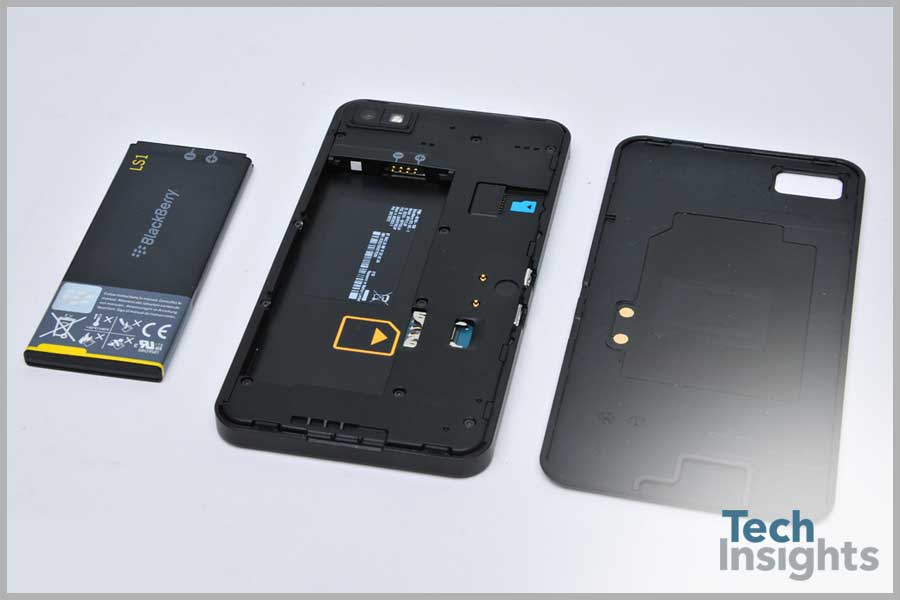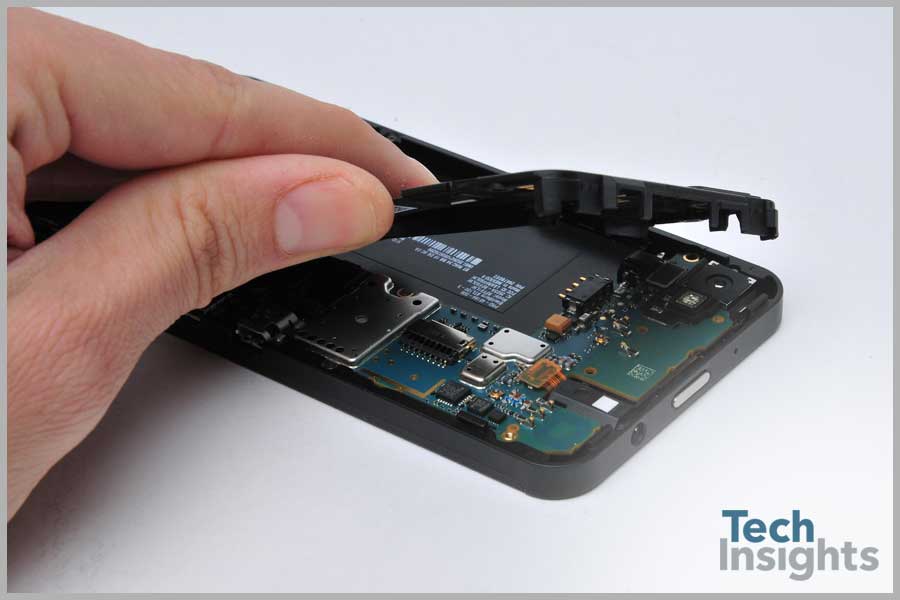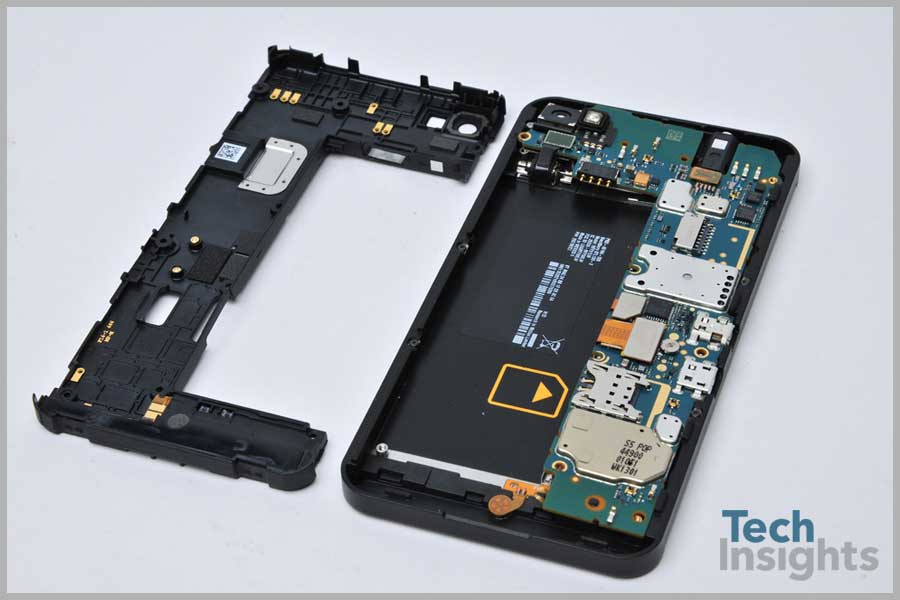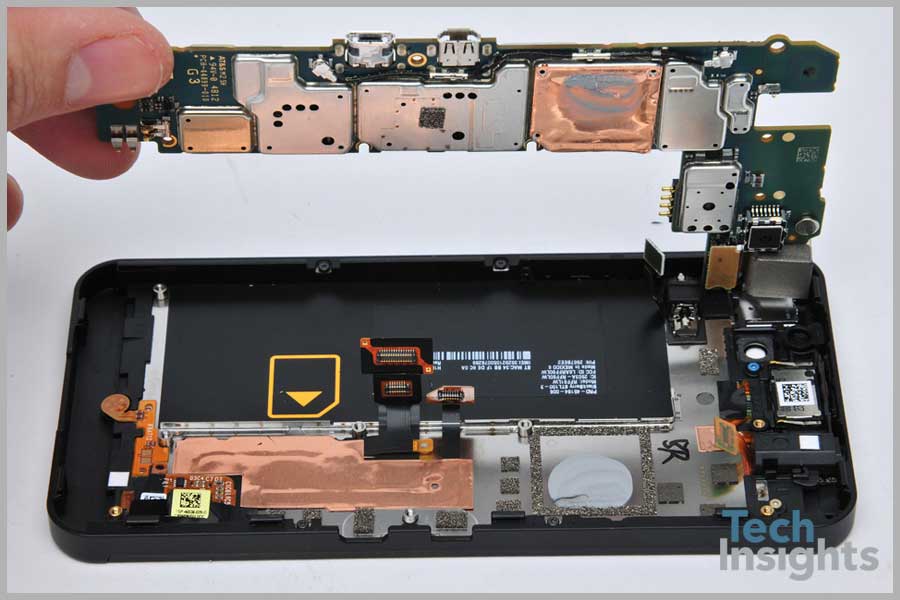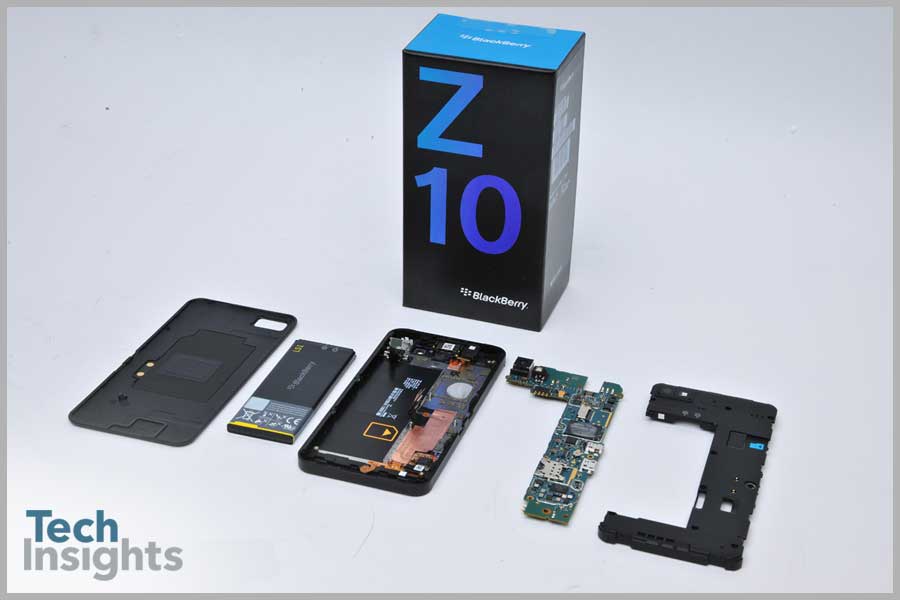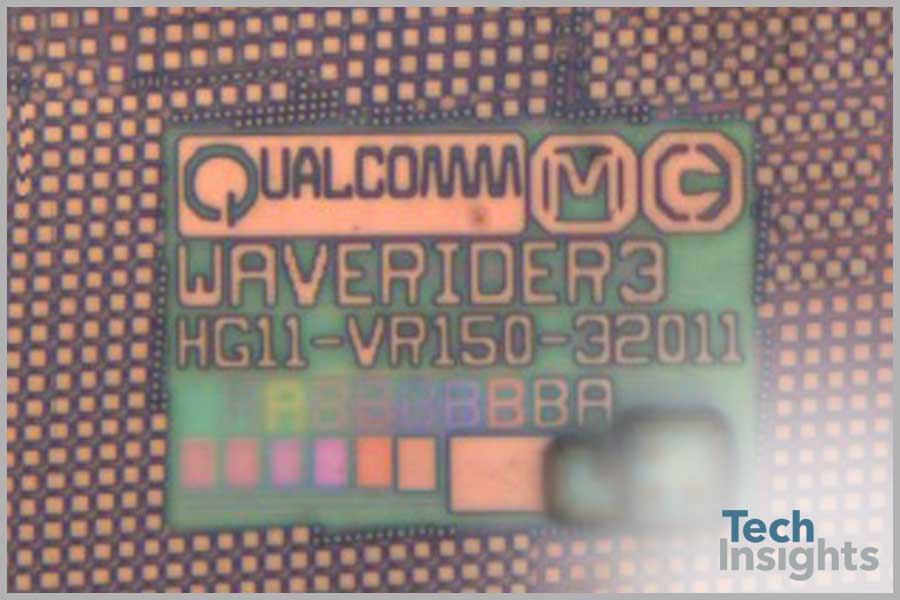Posted: February 5, 2013
Building off the momentum of an international product launch in New York that featured not only a corporate rebranding and the naming of a Grammy-award winning artist as their new global creative director, one had to wade through a lot of flash and sizzle to get down to what was really important – the announcement of the first two handsets that would incorporate Blackberry (formerly Research In Motion)’s latest OS – BB10.
Blackberry hasn’t had much good news lately, as a seemingly endless series of product delays pushed out their latest handsets from an April 2012 release all the way to January 30th, 2013. In that time, their competitors such as Apple and Samsung have continued to erode whatever market share Blackberry had left that many analysts were left wondering if it was “too little, too late” for the Canadian smartphone manufacturer. It didn’t help matters that Blackberry’s last product launch was an understated one for the Playbook LTE and was met with a lukewarm response from the consumer base. Many are hoping that the staggered launch of the Blackberry Z10 (launching first in the UK on February 1st, February 5th in Canada and then a mid-March release for the US and other countries), won’t experience the same issues they’re last high-profile launch (the original Playbook) met when it was released.
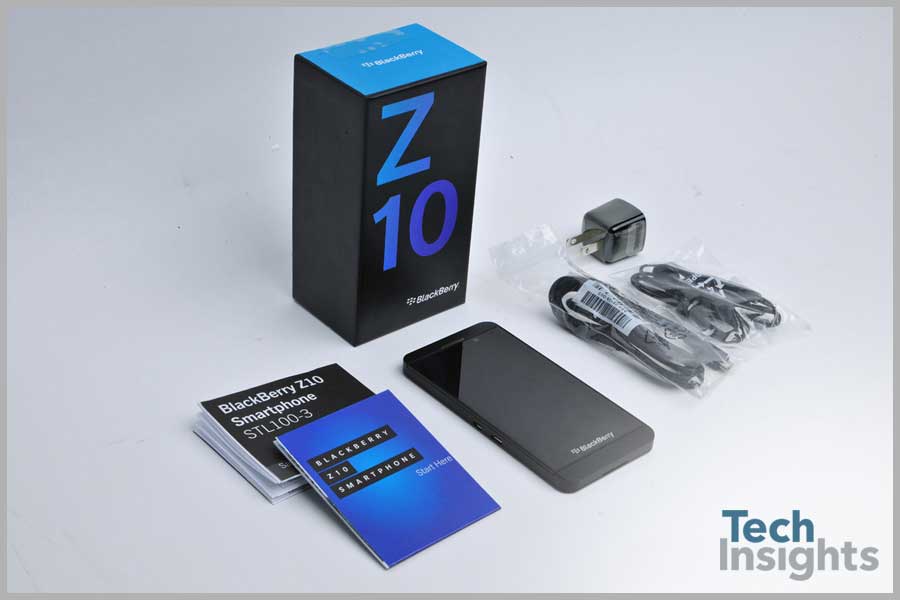
Blackberry Z10
The Blackberry Z10 is the first Blackberry handset to feature a dual-core processor. Of note is the inclusion of 2 Gigabytes (GB) of internal RAM. From a “bells and whistles” perspective, the Z10 claims to feature a display of higher resolution than Apple’s “Retina” technology while also incorporating an 8 MP auto-focus camera with backside illumination (BSI) and a 2 MP camera for use in video conferencing and BB10’s version of “Facetime” called BBM Video. The Z10 is LTE-enabled and features the usual gamut of sensors found in the modern smartphone (MEMS accelerometers, gyroscopes, etc.) Blackberry isn’t selling the Z10, however, on its technical merits but on the fluidity of their new OS, BB10. How well BB10 resonates with consumers remains to be seen, however, taking a look inside at the components of the Blackberry Z10 will give us a good idea as to how technologically comparable it is to the current market leaders, the Apple iPhone 5 and the Samsung Galaxy SIII.
Before we took the device apart, we took a few moments to actually use the Blackberry Z10. Our first thoughts were that what immediately stood out was the touchscreen keyboard. Unequivocally, I would say that this is the best touchscreen keyboard I have ever experienced. The predictive typing is great and composing emails, texts and BBM notes comes with ease and the intuitiveness of it cannot be understated. I applaud the designers of BB10 in creating a touchscreen keyboard that would make the move from the plastic keyboards of previous Blackberry handsets very easy for legacy owners. The screen is also quite vibrant. In terms of the visual to the human eye, it is very competitive with the Samsung Galaxy S3’s Super AMOLED screen and Apple iPhone 5’s Retina display. Overall the OS (Operating System) of BB10 flows very well. I experienced no bugs from the first update (which is a marked improvement from the day I booted up my Playbook for the first time) and BB Hub, their all-encompassing message manager, actually does simplify all messaging on the handset. It just takes some time to get used to the deluge of information that initially might seem overwhelming.
Truthfully, however, there is one noticeable drawback. Nothing in particular stands out as innovative about this device handset. Mind you, one can point to Apple and Samsung and state that innovation there has been replaced with iterative improvement design but the problem in that comparison is that both Samsung and Apple have had months of advance sales on their latest offerings and a huge library of applications from which they are able to build leverage from. The Z10, on the other hand, lacks some key apps such as Netflix, Instagram, and others that the average person would want in a phone right out of the box. If some of these applications are missing, there needs to be a “wow-factor” that would encourage a Samsung or Apple user to make the switch to the Blackberry Z10. As it stands, this handset is going to be a huge leap forward for you if you are an existing Blackberry user. You'll finally have a phone that is comparable in many ways to the market leaders. However, if you've already made the switch to an Android device or an iPhone, there's really nothing here to make you want to come back., unless you really miss BB Messenger.
Z10 teardown reveals Qualcomm’s continued momentum, burgeoning partnership with Samsung
When we took apart the Blackberry Z10, the one thing that immediately stood out to us, once the main board was separated from the handset casing and the shielding covering the components was removed, was the number of “familiar” components we saw. By “familiar”, we mean the number of components that we’ve seen in numerous handsets released over the course of 2012. We’ll provide further detail as we discuss these design wins, but what is of great interest to us was the number of devices that we discovered that were also used in many of Samsung’s Galaxy line of products.
Blackberry Z10 Board Shots
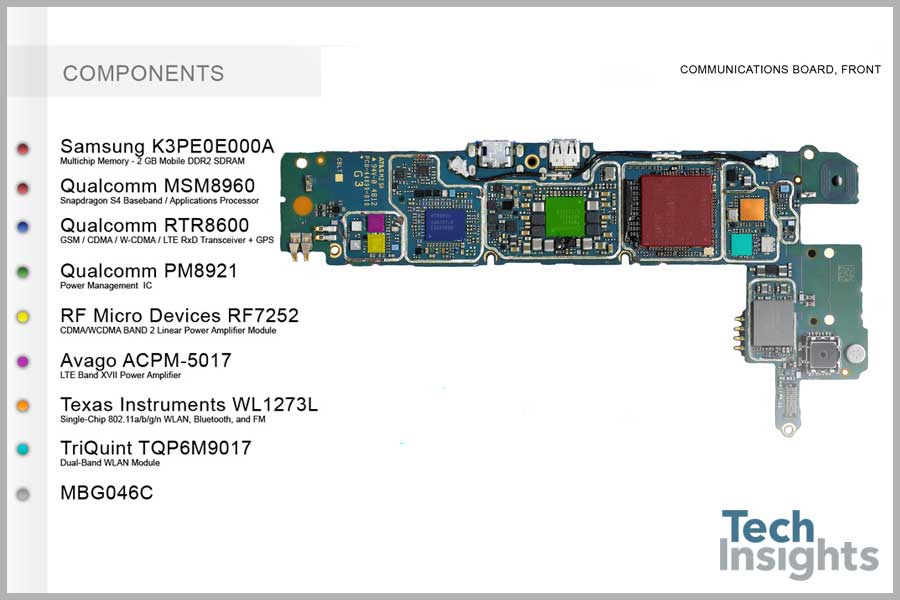
Blackberry Z10 Board
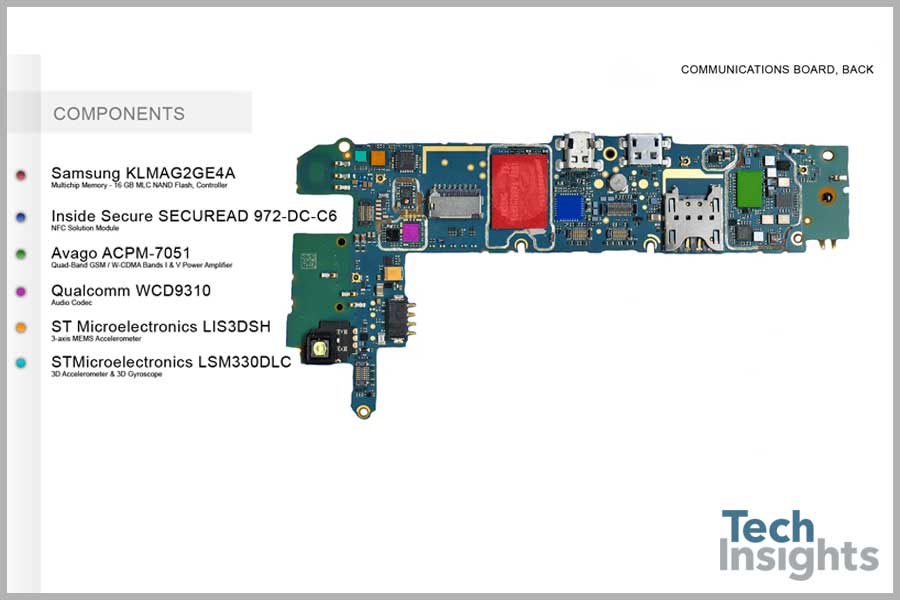
Blackberry Z10 Board
Standing out as the big design winner was Qualcomm, with four major socket wins within the Z10. Much like the LTE version of Samsung Galaxy S3, the Blackberry Z10 is powered by the MSM8960 baseband/applications processor. The MSM8960 integrates a multi-mode 3G/LTE modem while incorporating two asynchronous CPU cores and the Adreno 225 GPU for the applications side of the processor. For the Blackberry Z10, the two CPU cores are clocked at 1.5 GHz of processing speed. The MSM8960 is manufactured at the 28nm processing node which makes for a power-efficient processor, a necessity considering the battery requirements of LTE-enabled handsets.
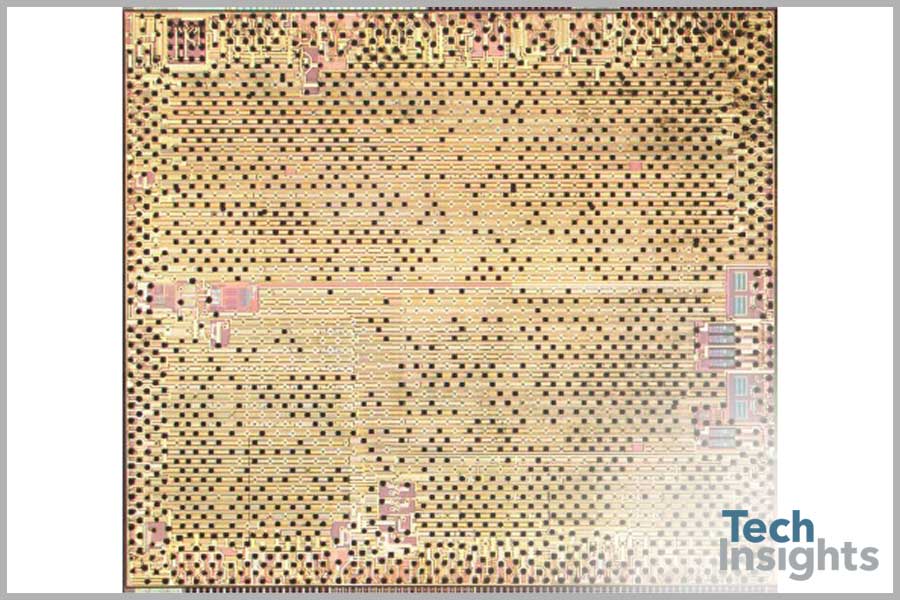
Qualcomm MSM8960
A Closer Look at the Qualcomm MSM8960
Other major design wins for Qualcomm include the PM8921 power management IC, found in such devices as the Galaxy S3 LTE and the Samsung Galaxy Tab 2, and the RTR8600 multi-mode transceiver and GPS, also found in the Galaxy S3 LTE and the 4th generation iPad. Also found in the Blackberry Z10 is Qualcomm’s WCD9310 audio codec. This relatively new device was also found in the Samsung Galaxy S3 LTE. It should be noted that these design wins underscore Qualcomm’s continued prominence in the smartphone component space and highlights the impressive run the San Diego communications component manufacturer in scoring major design wins in globally-successful smartphones and tablets.
Speaking of Samsung, the Korean giant supplies a few key components for the Blackberry Z10. Memory for the newest Blackberry (a 16GB model) prominently featured Samsung components on the main handset PCB. Samsung provided both the system memory, in the form of 2 gigabytes of Low Power DDR2 SDRAM, and the usable memory with a multichip memory package labeled KLMAG2GE4A that houses 16 GB of MLC NAND Flash and a memory controller.
Another interesting note is that Texas Instruments, a once-prominent partner of RIM/Blackberry, now finds itself with very few design wins within the Blackberry Z10. TI’s biggest socket win is the WL1273L – a single-chip radio incorporating 802.11a/b/g/n WLAN, Bluetooth, and FM. Qualcomm has muscled them out.
Other design winners include TriQuint for their TQP6M9017 dual-band WLAN module, RF Micro Devices (RFMD) – who provides the linear power amplifier modules that facilitate multi-mode communications like LTE, and Avago – with two power amplifiers (ACPM-5017 and ACPM-7051). Synaptics’ Clearpad 3203 is the capacitive touchscreen controller for the Blackberry Z10.
The Blackberry Z10 is also NFC-ready as we discovered was Inside Secure’s SecuRead IC5C633I4 NFC solution module. This component was also found in the LTE version of the Playbook.
All in all, the Blackberry Z10 seems to incorporate many of the component selections of the Samsung Galaxy S3 LTE. It’s not certain if these decisions the designers made on what semiconductors, ICs and other modules to use were by design or by accident but based on the relative success of the Samsung Galaxy S3, it isn’t a bad model to draw from. It remains to be seen if a name change and a new product philosophy will make an impact in smartphone market with established leaders like Samsung or Apple, however, it is a positive step forward that the company now has handsets that can compete at the software and hardware level with the best handsets the industry has to offer.
Cost Comparison with Apple iPhone 5
Apple iPhone 5 16GB Quick Cost Estimate
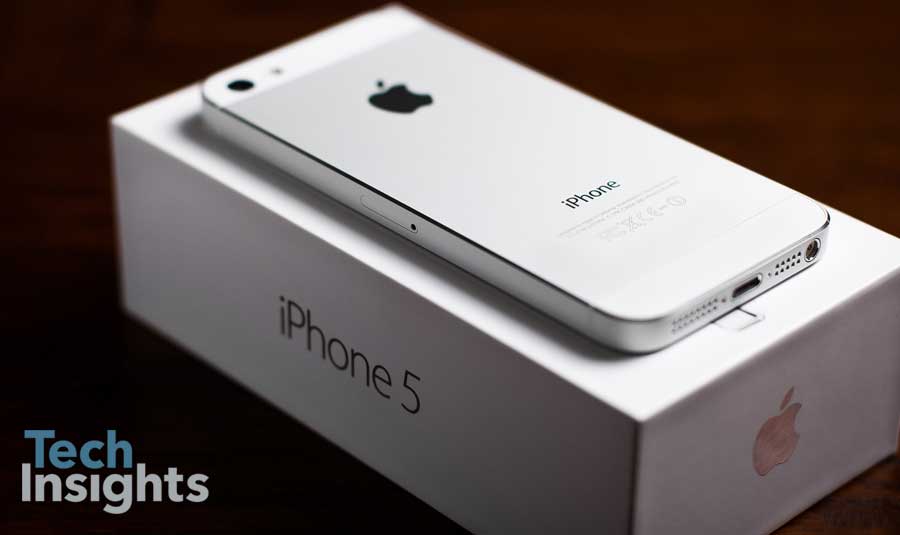
| Features | |
|---|---|
| Display | 4" IPS 1136x640 |
| Battery | 1400 mAh |
| Camera | 8MP w/flash + 1.2MP |
| Wi-Fi/BT/GPS | 802.11 a/b/g/n Bluetooth 4.0 |
| NAND | 16GB |
| SDRAM | 1GB |
| Processor | Apple A6 |
| BB+XR | Qualcomm |
| Display | $15.00 |
| Touchscreen/Cover Glass | $6.50 |
| Battery | $3.00 |
| Camera | $10.00 |
| Wi-Fi/BT/GPS | $3.50 |
| NAND | $9.00 |
| SDRAM | $3.00 |
| Processor | $22.00 |
| BB+XCR | $20.00 |
| Non-electric | $14.00 |
| Other | $30.00 |
| Supporting Materials | $3.20 |
| Total | $139.20 |
Blackberry Z10 16GB* Quick Cost Estimate
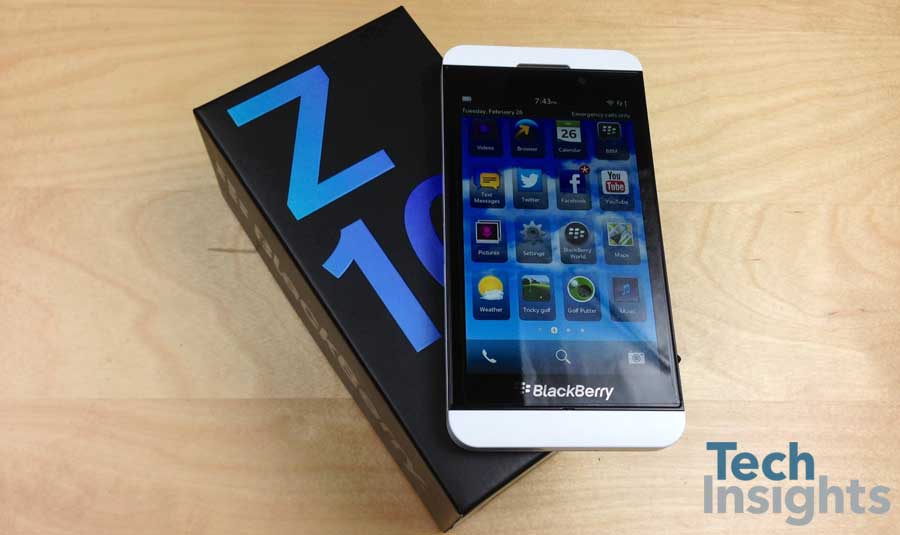
| Features | |
|---|---|
| Display | 4.2" 1280x768 |
| Battery | 1800 mAh |
| Camera | 8MP BSI w/flash + 2MP |
| Wi-Fi/BT/GPS | 802.11 a/b/g/n Bluetooth 4.0 |
| NAND | 16GB |
| SDRAM | 2GB |
| Processor | Qualcomm MSM8960 |
| BB+XR | Qualcomm |
| Display | $19.00 |
| Touchscreen/Cover Glass | $7.50 |
| Battery | $3.00 |
| Camera | $15.00 |
| Wi-Fi/BT/GPS | $2.00 |
| NAND | $9.00 |
| SDRAM | $8.00 |
| Processor | $23.50 |
| BB+XCR | $8.00 |
| Non-electric | $17.00 |
| Other | $38.00 |
| Supporting Materials | $4.00 |
| Total | $154.00 |
*Estimate only since device has not been fully analyzed - final estimate is expected to be different





